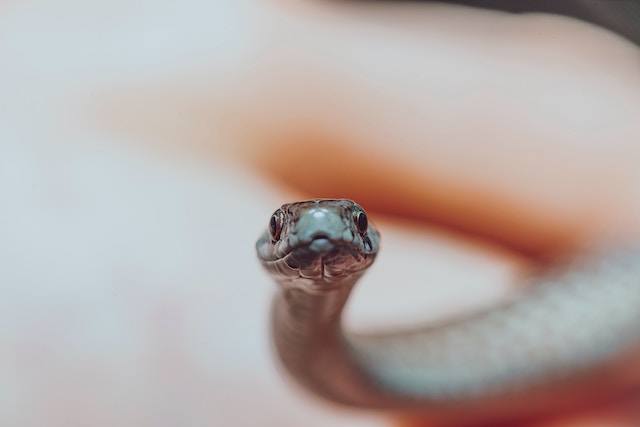Snakes are fascinating creatures that have been kept as pets for centuries. However, not all snake breeds are suitable for pet owners, especially those who are new to reptile keeping.
If you are looking for a pet snake that is easy to manage and requires less space, you might consider getting one of the smallest pet snake breeds.
In this blog post, we will discuss some of the smallest pet snake breeds that you can consider.
1. Western Hognose Snake
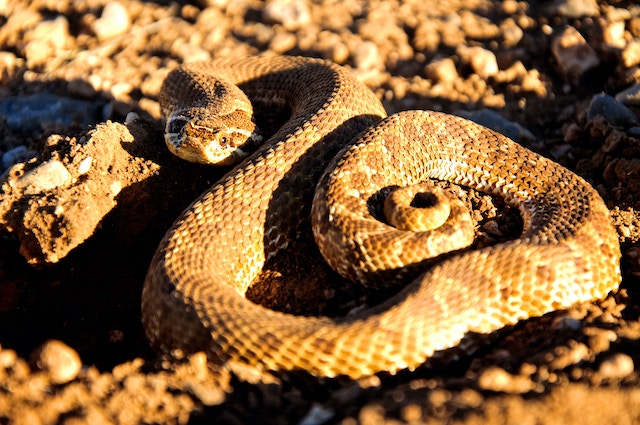
The Western Hognose Snake, also known as Heterodon nasicus, is a small and docile snake breed that is perfect for beginners. It is native to North America and is often found in dry grasslands, deserts, and scrublands.
This snake has a unique appearance, with an upturned nose and an undersized head. It also has a wide range of colors, including brown, yellow, and gray, with distinctive markings on its body.
Western Hognose Snakes grow to a maximum length of 3 feet, but most of them are around 2 feet long. They are mostly active during the day and are known for their harmless and non-aggressive behavior.
They are also known to puff up their bodies and hiss when they feel threatened, but they rarely bite. Western Hognose Snakes are also easy to feed, as they eat insects, lizards, and small rodents.
2. Rosy Boa
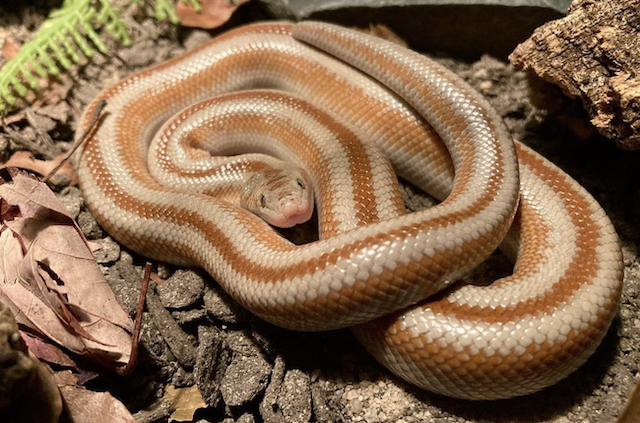
Also known as Lichanura trivirgata, the rosy boa is a small and docile snake breed that is ideal for someone’s first pet snake. It is native to North America and is often found in rocky deserts and chaparral habitats.
The rosy boa has a distinct pattern on its body that resembles a chain of triangles. Its coloration can range from gray, brown, and pink to orange and red, with white, black, or brown markings on its belly.
Rosy boas grow to a maximum length of 3 feet, but most of them are around 2 feet long. They are mostly active at night and are known for their gentle and non-aggressive behavior. They are also easy to feed, as they eat small rodents, lizards, and other small animals.
3. Kenyan Sand Boa
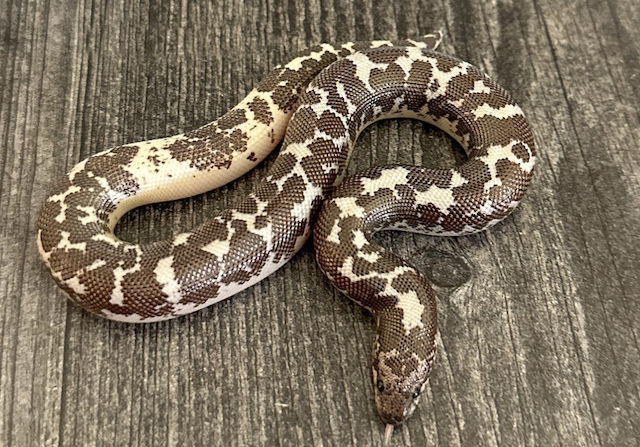
The Kenyan Sand Boa, also known as Eryx colubrinus, is a small and hardy snake breed that is perfect for beginners. It is native to Africa and is often found in sandy and arid regions.
This breed has a cylindrical body and a small head. Its coloration can range from yellow, brown, and gray to black, with a distinct pattern of stripes or spots on its body.
Kenyan Sand Boas grow to a maximum length of 2.5 feet, but most of them are around 2 feet long. They are mostly active at night and are known for their hardy and easy-to-care-for nature. They are also easy to feed, as they eat small rodents, lizards, and other small animals.
4. Ball Python
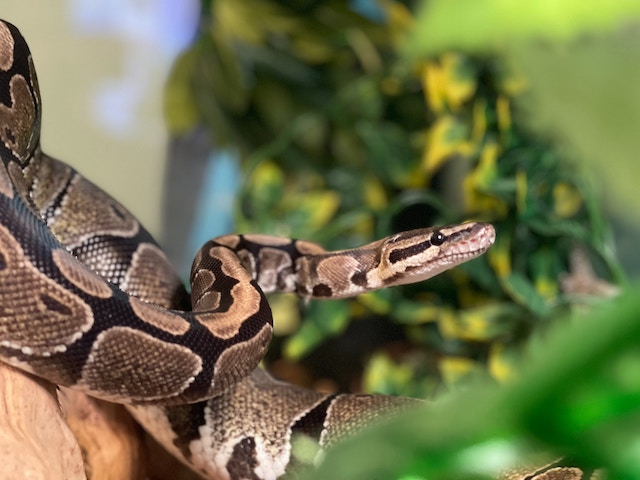
Also known as python regius, this is a small and gentle snake breed that is perfect for beginners. It is native to Africa and is often found in grasslands and forests. You can recognize ball pythons thanks to their stocky bodies and small heads. Its coloration can range from brown and gray to black, with a distinct pattern of spots on its body.
Ball pythons grow to a maximum length of 4 feet. However, most of them end up being around 3 feet long.
Ball Pythons are also popular among pet owners because of their docile nature and easy-to-care-for demeanor. They are low-maintenance pets and do not require large enclosures or complex care routines. They are also very adaptable to a range of environments and can thrive in both warm and cool temperatures.
5. Children’s Python
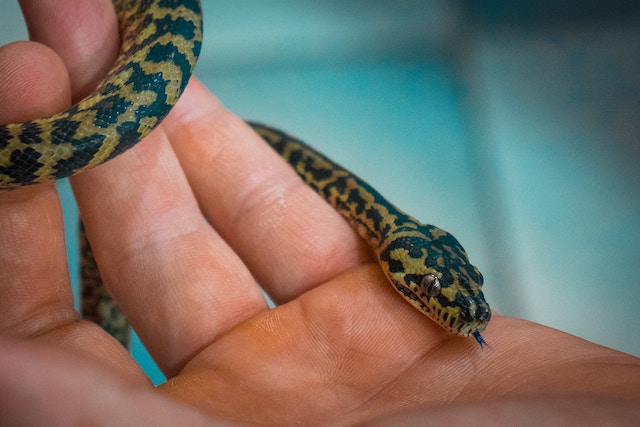
This small and popular snake breed is ideal for snake parents who are just getting started. It is native to Australia and is often found in forests and grasslands. A children’s python’s coloration can range from brown and gray to black, with distinctive markings on its body.
Children’s pythons typically grow to a maximum length of 3 feet, but most of them are around 2 feet long.
Wrapping Up
If you are looking for a pet snake that is easy to care for and requires less space, you might consider getting one of the smallest pet snake breeds.
That being said, before you decide to get a pet snake, be sure to do your research and consult with a reptile expert to ensure that you are prepared for the responsibility of caring for a pet snake.
Read Next: 6 Tips for Keeping Snakes as Pets

